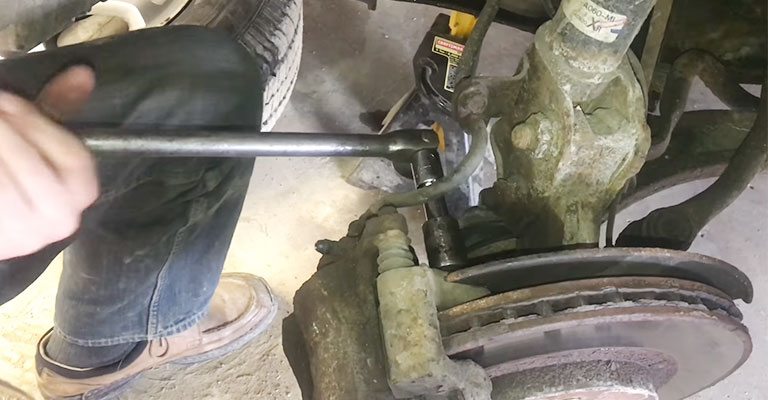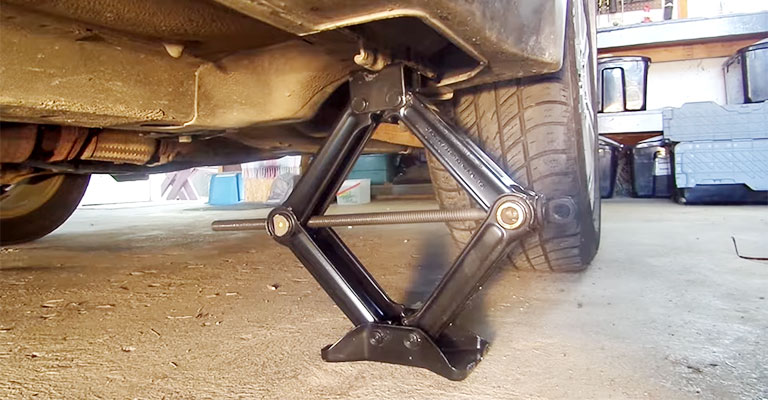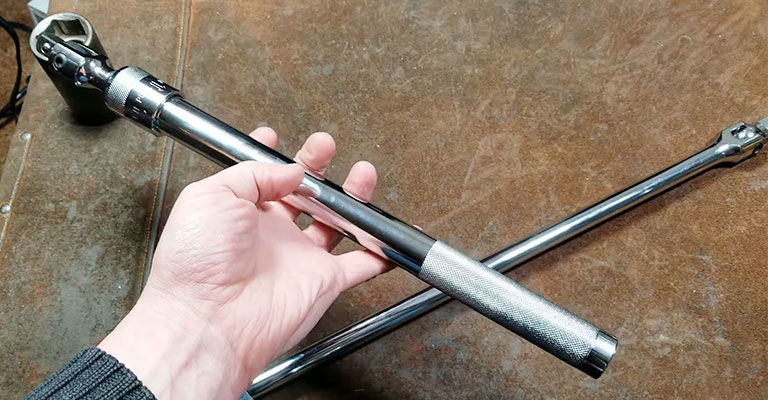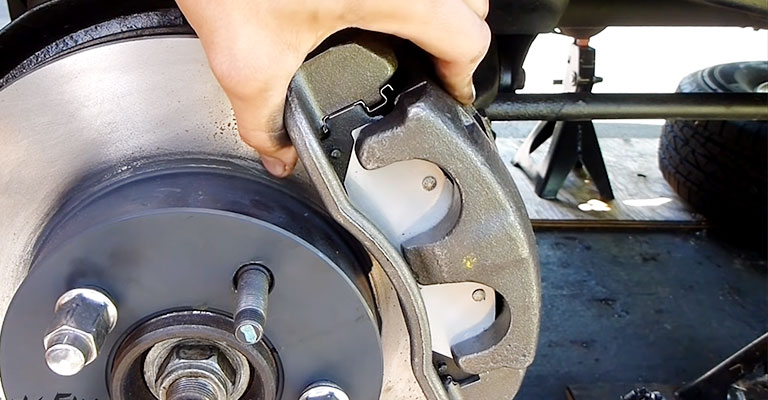It is no secret that brakes are put under tremendous pressure over the course of months and years. Over time, everything wears out and rusts. The nuts and bolts that hold things together are as crucial as calipers and rotors and pads.
It is the brake calipers that determine how tightly the brake pads are secured around the wheel’s rotor, ensuring that you come to a controlled and safe stop.
You may notice that your brakes freeze up or squeal over time if the calipers rust or get locked in place. For brake caliper replacement, you need to remove the wheel that covers your brake system.
Many people have problems with stuck caliper bolts. One of the problems associated with reusing old parts during a brake job is stuck or frozen caliper bolts.
Brake Caliper Bolt Stuck?
It seems your caliper bolt has become stuck. There is a possibility that it is old, rusted, or overtightened. You or someone else may have reused an original bolt when they replaced a caliper. No matter how you look at it, it’s stuck: what are your options?
It’s nice to be able to turn a front wheel right or left when you’re dealing with it. Then you’ll have an easier time accessing things, particularly these bolts. In order to do that, you need to unlock the steering wheel of your car while keeping it off.
You will find it extremely hard to remove Honda Civic stuck caliper bracket bolts. This is especially true if you haven’t loosened them in about 10 years.
It is definitely a good idea to use penetrating fluid. Once that is done, use the breaker bar. To break down the seized threads, use a torch on the bolt. For better access to the bolts, try turning the steering wheel.

After you find the bolts, a breaker bar can be very handy. The breaker bar looks like a long wrench, but it does not ratchet. You can create a great deal of torque by pulling up or bearing down on the handle when using wrench-style sockets.
If you want to get more leverage, try adding a pipe to the end of the breaker bar. Using a six-point socket ensures that the bolt is properly contacted.
As an alternative to penetrants, you can tighten a stuck bolt slightly (take care when doing so). Once you’re done with this project, torque the bolts back to factory specs.
Using A Car Jack
What if your hands and arms aren’t strong enough to use a wrench or breaker bar? There are some people who use a car jack to lift breaker bars or pipes.
The car or truck’s weight is essentially doing the work. Taking torque to the next level is possible with this method.

Extending Breaker Bars
There may not be enough power in a breaker bar and socket. A rusted or old caliper mounting bolt may be causing your problem. Maybe it was over torqued to begin with.
You might have an older vehicle with calipers that have been replaced, but the bolts have not been. You can gain even more leverage with the help of a cheater bar or helper bar.

The purpose of this pipe is to give you extra length over your wrench or breaker bar. The added length will also enable you to apply more leverage and torque to the stuck bolt.
How Does A Technician Replace A Brake Caliper?
In the first step, the technician unplugs the caliper hose then removes the bracket from the caliper. Once that’s done, they’ll connect the caliper hose back to the new caliper and start installing it.
A bleeder valve is cracked on the caliper, and any trapped air left over from manufacturing or shelf life is removed with a pump.

During the inspection, they’ll close the reservoir and ensure the reservoir is topped off before stepping inside the car to test the brake pressure.
A final step involves the technician reopening the bleeder valve, connecting the pump, checking it for air, and closing it.
Pro Tips
When you replace the caliper, check your brake pads because they may be worn. You should replace the brake pads on both sides of your vehicle if you replace the brake pads for one wheel.
Safety Tips
- If you need to jack up your vehicle, make sure it is parked on a level, flat surface.
- The jack alone may not be secure enough to hold your vehicle so you shouldn’t attempt to work on it.
- Spray lubricant on the lug nuts to help them loosen if you have trouble removing them.
- For more leverage, attach the socket to a longer breaker bar so you can get more power to loosen the bolts from the back of the caliper.
- A hose connecting the caliper to your vehicle’s brake’s main cylinder will still hold it in place. Since the caliper could leak brake fluid if not attached to the hose, leave it attached for now.
- It is possible that the caliper bracket will slip once the second bolt is removed, so hold it in place with your free hand to make sure it doesn’t fall and get damaged.
Final Words
Remember to rinse or wipe any areas where you spilled brake fluid since it can corrode paint and metal. It is best to take your vehicle to a mechanic if you do not feel comfortable replacing the calipers yourself.

Leave a Reply